ROPA Method
What is the ROPA Method?
The ROPA Method, also known as Shared Motherhood (ROPA stands for Reception of Oocytes from the Partner), has become an increasingly popular choice among lesbian couples.
It involves an In Vitro Fertilisation (IVF) treatment shared by both women: one undergoes ovarian stimulation to provide the eggs and her partner carries and gives birth.
The eggs are obtained through ovarian puncture and are fertilised with donor sperm, just like in a standard IVF treatment.
In this way, both women actively participate in the pregnancy process and both are biological mothers: the first as the genetic mother and the second as the gestational mother.
Contents
Contents
When is it recommended?
The ROPA Method is suitable for:
- Lesbian couples who decide to share motherhood through a reproduction treatment, either by their own choice or due to a medical reason for one of them.
Legal Requirements
Spanish Law, 14/2006 on Assisted Reproduction had to be amended to specifically recognise that, with the ROPA Method for lesbian couples, a woman can receive eggs from her partner and that both mothers are parents of the baby, whether they have undergone the treatment for medical reasons or by choice. Thus, it exceptionally becomes a non-anonymous egg donation. Unlike other Assisted Reproduction procedures, in the case of the ROPA Method, the mothers must be married.
Success Rates of the ROPA Method
-
The pregnancy rate per cycle refers to pregnancies achieved with embryos generated in the same egg retrieval process.
-
This includes the transfer of fresh embryos and any possible frozen ones. In the case of the ROPA technique, our pregnancy rate is 85 %, although this always depends on the quality of the eggs from the donor mother.
-
The excellent results presented below have been achieved by transferring a single embryo in 90 % of treatments. In this way, we have demonstrated that the transfer of a single blastocyst (an embryo on its fifth day of development) improves success rates.
What are the phases of In Vitro Fertilisation with the ROPA Method?
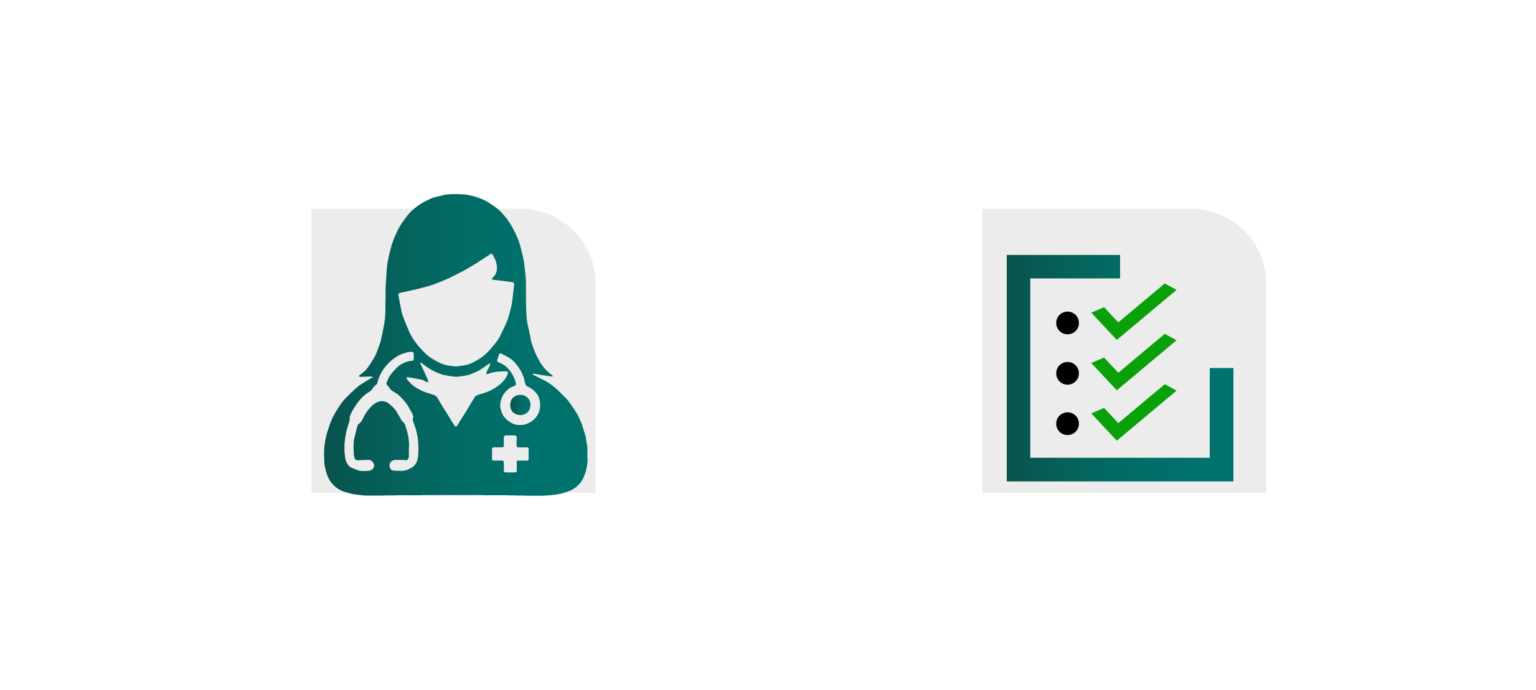
First visit with an Assisted Reproduction specialist
- Medical tests

Donor mother
- Oocyte retrieval (ovarian puncture)
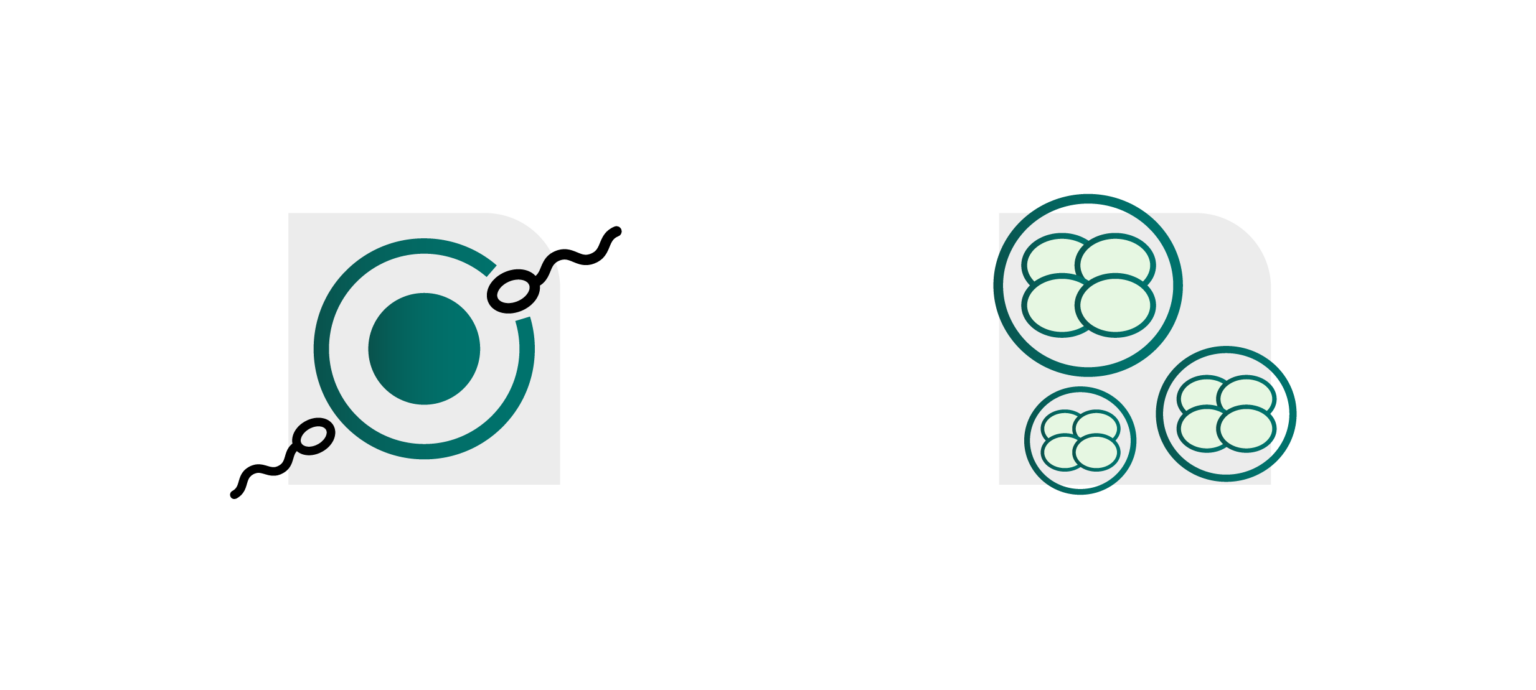
Laboratory
- Embryo culture
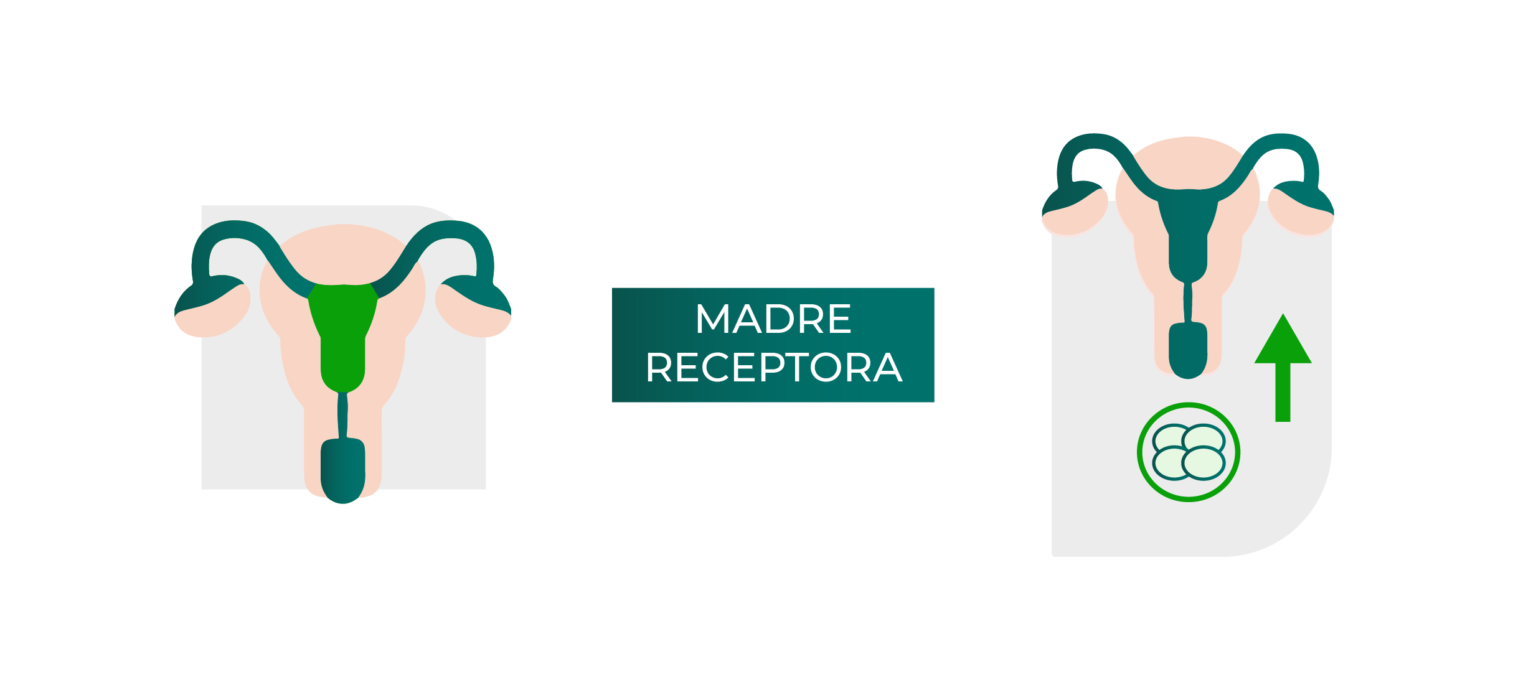
Recipient mother
- Transfer of embryos to the patient's uterus.
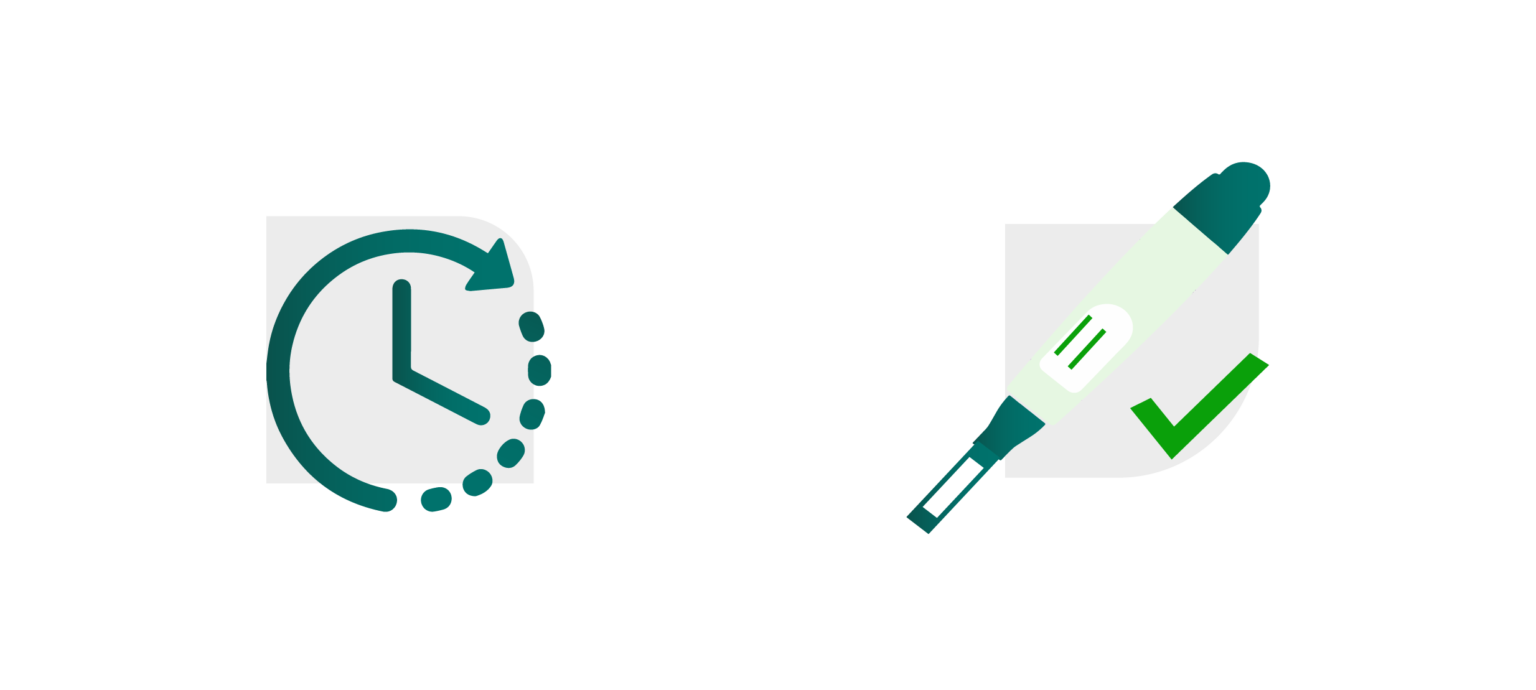
Pregnancy test
- Pregnancy test
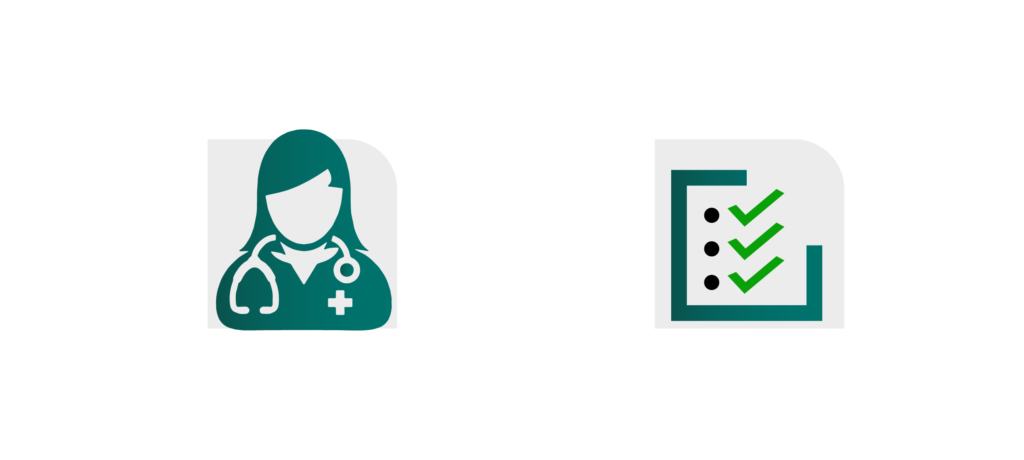
First visit with an Assisted Reproduction specialist
- Medical tests
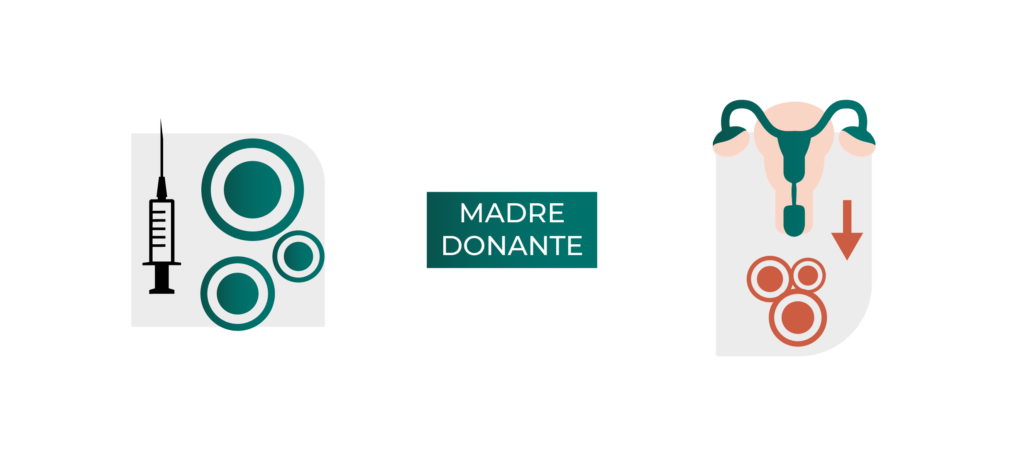
Donor mother
- Oocyte retrieval (ovarian puncture)
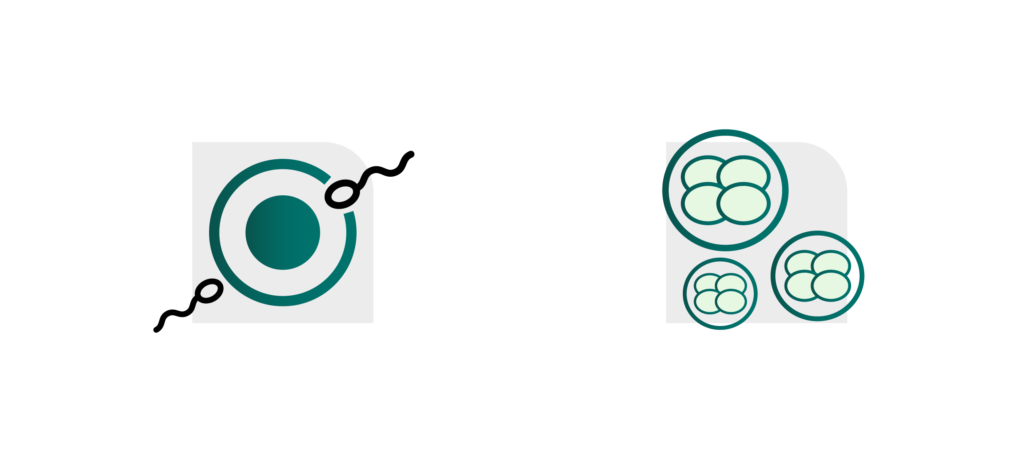
Laboratory
- Embryo culture
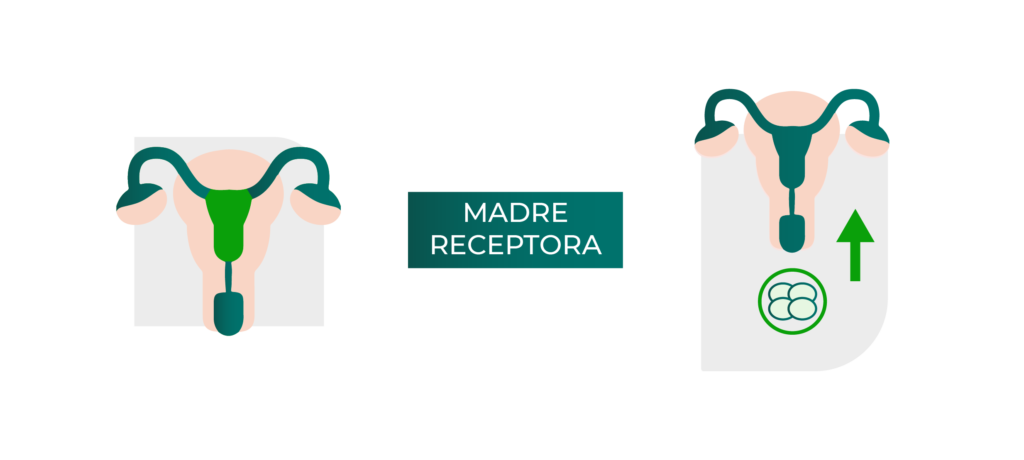
Recipient mother
- Transfer of embryos to the patient's uterus.
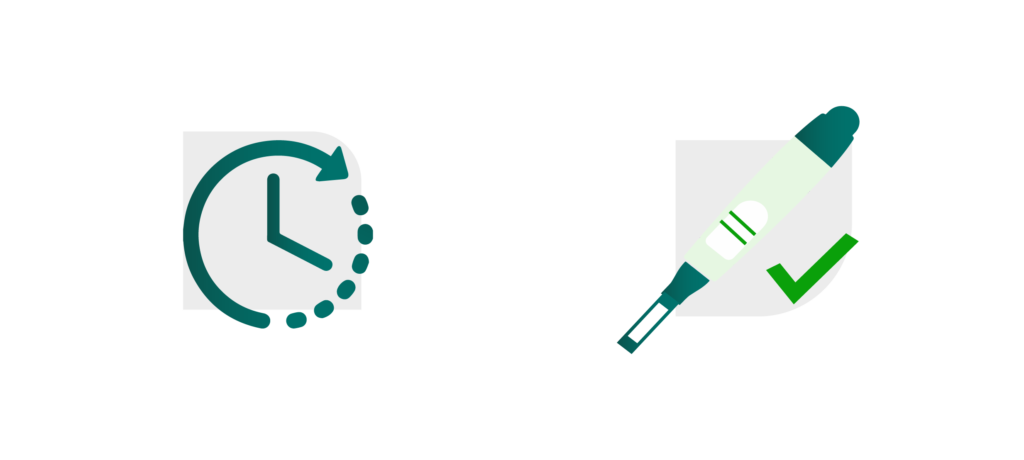
Pregnancy test
How do we select your sperm donor?
Cuando el semen de la pareja presenta algún problema, en el caso de mujeres sin pareja o de parejas lesbianas, es necesario recurrir al esperma de un donante.
En Institut Marquès, contamos con nuestro banco de semen con más de 2.000 donantes premium. Son donantes anónimos, ya que la Ley 14/2006 del 14 de mayo (española) sobre técnicas de reproducción humana asistida, establece que la donación se tiene que realizar de manera anónima, voluntaria, informada y no remunerada.
Al disponer de nuestro propio banco de semen, conocemos a los donantes y seleccionamos solo los mejores. Son jóvenes que deciden donar para ayudar a otras personas a formar una familia y que deben superar exhaustivas pruebas médicas y psicológicas. Contamos, además, con todos los fenotipos para encontrar el más adecuado para cada caso. En Institut Marquès, es el propio médico quien se encargará de elegir el donante de esperma más adecuado para cada paciente, teniendo en cuenta sus características físicas y los rasgos hereditarios de su personalidad. Buscamos el «matching» perfecto.
Donantes conocidos o no anónimos: La donación de gametos en España es anónima; en caso de preferir hacer el tratamiento con donantes conocidos o no anónimos, deberá realizarse en una de las clínicas con las que Institut Marquès colabora.
Prices of the ROPA Method
Below are the basic prices of our treatments. We can finance your treatments interest-free. Click here to find out about our financing options.
ROPA Method
What is included?-
Guidance, programming and medical control of the cycle
-
Ovarian stimulation and endometrial preparation
-
Oocyte retrieval (ovarian puncture)
-
Donor sperm (semen bank)
-
Operating theatre and outpatient hospitalisation costs
-
Andrology and IVF laboratory services
-
Oocyte isolation
-
Preparation of semen samples
-
Sperm microinjection (ICSI)
-
Culture of embryos and daily study of the status of each embryo.
-
Embryo transfer
-
Monitoring of the process until the 8th week of gestation
-
Pregnancy test
-
Medical support and ultrasound monitoring
FAQs ROPA Method
Ovarian puncture is a minimally invasive procedure performed under sedation to remove eggs from the ovarian follicles. Using a fine needle under ultrasound guidance, the eggs are collected and prepared for fertilisation in the laboratory.
Ovarian puncture may cause mild discomfort or abdominal cramping after the procedure, but it is performed under sedation to minimise pain during the procedure. Most women can resume normal activities the next day.
The woman who will provide the eggs undergoes a process of ovarian stimulation through hormone injections. This process stimulates the ovaries to produce multiple eggs in a single cycle, which increases the chances of successful fertilisation.
The recipient woman’s uterus is prepared by hormone treatment that simulates the natural menstrual cycle, preparing the endometrium for embryo implantation. This treatment may include the use of oestrogen and progesterone.
Eggs collected from the donor woman are fertilised in the laboratory using donor sperm. The resulting embryos are cultured for a few days before being transferred to the other woman’s uterus.
To maximise the chances of success, it is important to synchronise the menstrual cycles of the donor mother and the recipient or gestational mother. This is achieved by administering hormonal drugs, which prepare the recipient’s uterus to receive the embryos at the right time.
The number of embryos to be transferred depends on several factors, including the age of the woman and the quality of the embryos. At Institut Marquès we transfer a single embryo in more than 90% of cases. This demonstrates that the probability of success does not decrease and thus avoids the risks of multiple pregnancies.
It is recommended to lead a quiet life, avoid strenuous physical activity, and follow medical instructions.
Unused embryos can be cryopreserved for future pregnancy attempts. They can also be donated to other couples or for research, depending on the country’s legislation and the recipient couple’s preferences.
No, the ROPA method does not affect the mother-child relationship. Both women actively participate in the process of conception and gestation, which can strengthen the family relationship. The emotional and physical connection with the baby is similar to that of any pregnancy.
Embryo transfer is generally performed 3 to 5 days after fertilisation, when the embryos have reached the blastocyst stage. This allows the embryos with the highest implantation potential to be selected.



